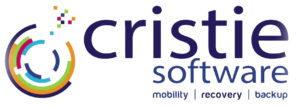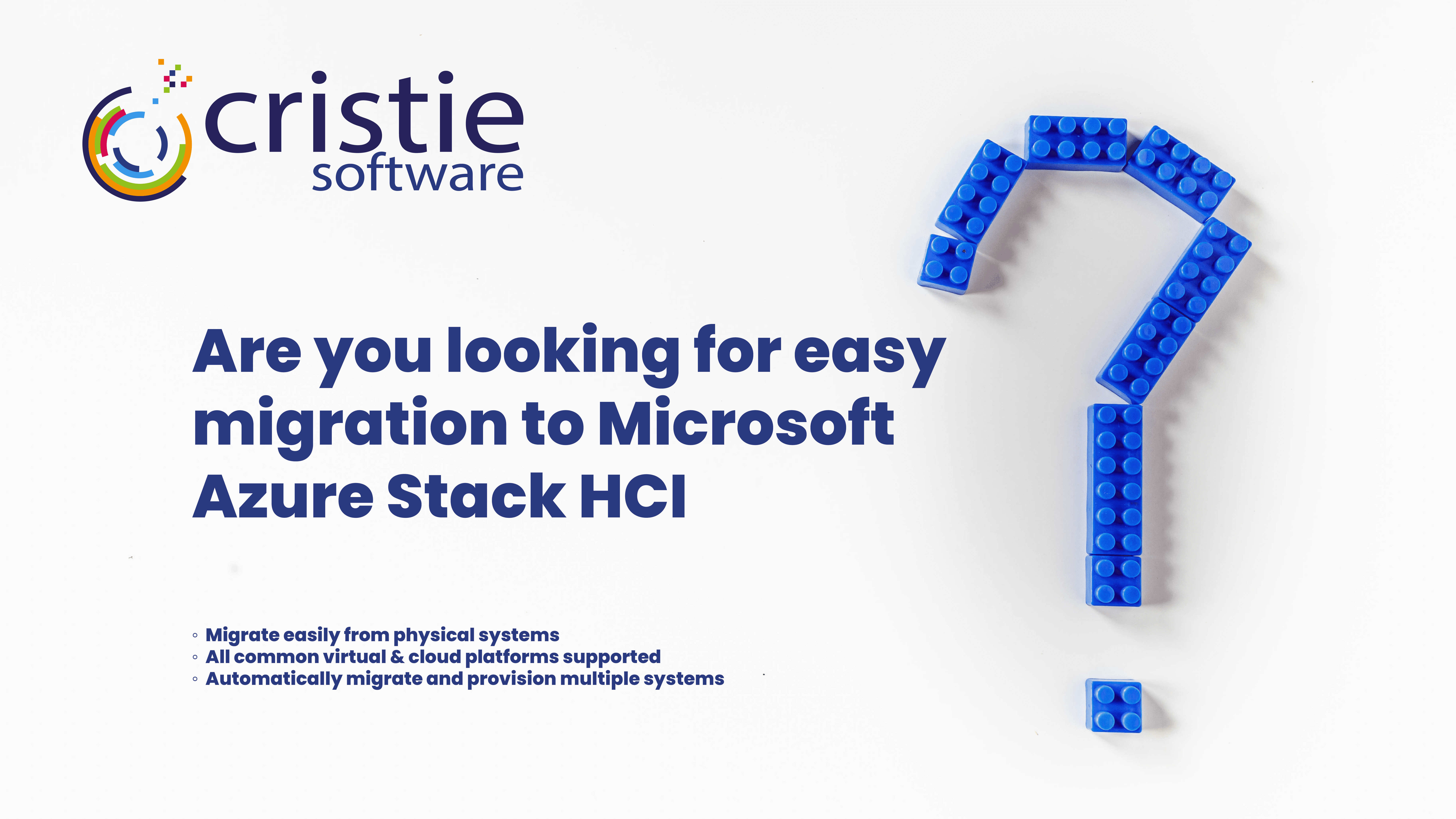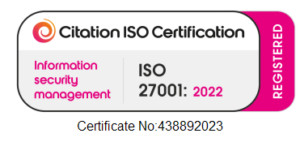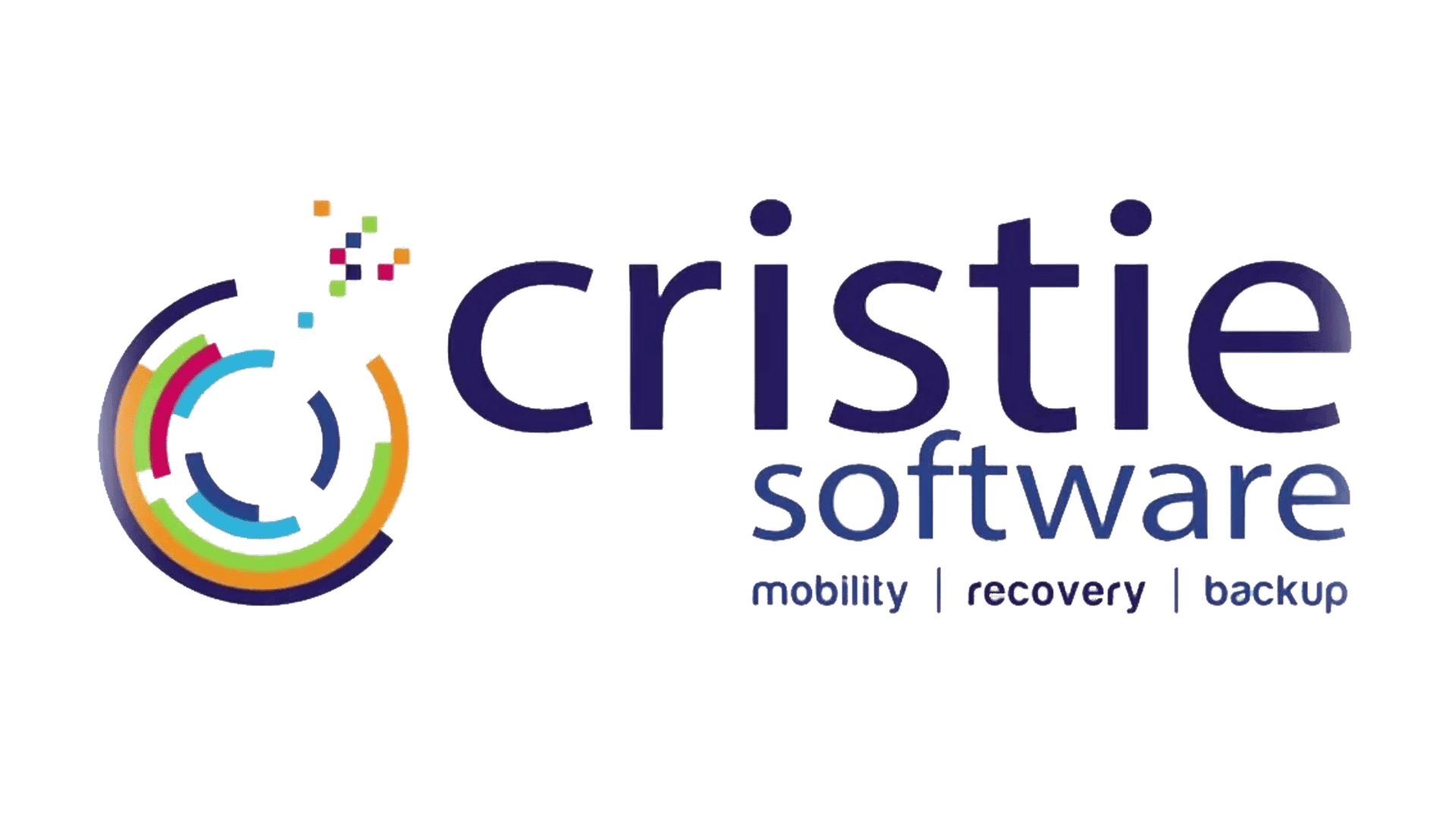Ce site Web utilise des cookies afin de vous offrir la meilleure expérience utilisateur possible. Les informations des cookies sont stockées dans votre navigateur et remplissent des fonctions telles que vous reconnaître lorsque vous revenez sur notre site web et aider notre équipe à comprendre quelles sections du site web vous trouvez les plus intéressantes et utiles.
Strictement nécessaire Le cookie doit être activé à tout moment afin que nous puissions enregistrer vos préférences en matière de paramètres de cookies.
Si vous désactivez ce cookie, nous ne serons pas en mesure d'enregistrer vos préférences. Cela signifie que chaque fois que vous visiterez ce site web, vous devrez à nouveau activer ou désactiver les cookies.
Ce site web utilise Google Analytics pour collecter des informations anonymes telles que le nombre de visiteurs sur le site et les pages les plus populaires.
L'activation de ce cookie nous aide à améliorer notre site web.
Ce site web utilise les cookies supplémentaires suivants :
- Leadlander
We would like to follow up Business visitors who visited our website. To do this, the company address of the Business visitor is derived from the IP address by LeadLander. We use this information and the products they viewed on our website for marketing and sales purposes. - Reddit
To understand which posts on Reddit, bring customers to our website. - Whoisvisiting
Pour comprendre ce qui intéresse nos clients lorsqu'ils visitent notre site web.
Veuillez d'abord activer les cookies strictement nécessaires afin que nous puissions enregistrer vos préférences !

